Home>Furniture & Design>Interior Design Trends>What Is Lexan Glass
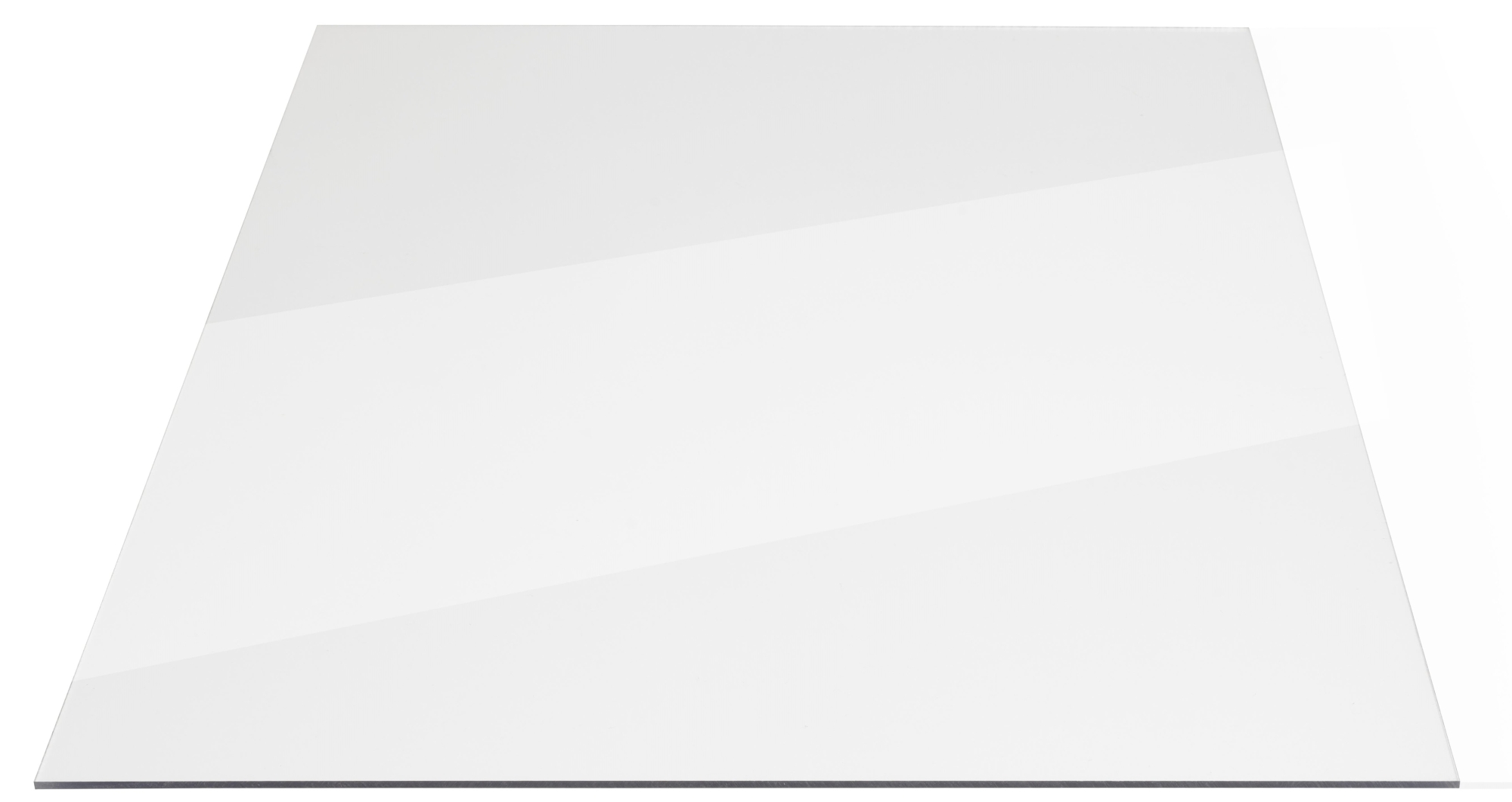

Interior Design Trends
What Is Lexan Glass
Published: February 5, 2024
Discover the latest interior design trends with Lexan glass. Learn how this versatile material can elevate your space with style and functionality. Explore the possibilities today!
(Many of the links in this article redirect to a specific reviewed product. Your purchase of these products through affiliate links helps to generate commission for Storables.com, at no extra cost. Learn more)
Introduction
Lexan glass, also known as polycarbonate, is a versatile and durable material that has gained widespread popularity in various industries and applications. This transparent thermoplastic is renowned for its exceptional strength, impact resistance, and optical clarity, making it a preferred choice for a wide range of uses. From architectural glazing to automotive components, and from electronic devices to safety equipment, Lexan glass has established itself as a go-to material for manufacturers and designers seeking reliability and performance.
The origins of Lexan glass can be traced back to its development by General Electric in the 1950s. Since then, it has undergone significant advancements in terms of production techniques and material enhancements, leading to its widespread adoption across diverse sectors. Unlike traditional glass, Lexan offers superior impact resistance, making it an ideal choice for applications where safety and durability are paramount.
In recent years, the demand for sustainable and eco-friendly materials has further propelled the popularity of Lexan glass. Its recyclability and energy-efficient production processes have positioned it as a sustainable alternative to traditional glass, aligning with the global shift towards environmentally conscious practices.
As we delve deeper into the properties, applications, advantages, and disadvantages of Lexan glass, it becomes evident that this remarkable material has revolutionized the way we approach design, construction, and manufacturing. Its unique combination of strength, versatility, and aesthetic appeal has opened up new possibilities for architects, engineers, and product designers, paving the way for innovative and sustainable solutions across various industries.
In the following sections, we will explore the specific properties that make Lexan glass stand out, its diverse applications across different sectors, the advantages it offers over conventional materials, and the potential limitations that need to be considered when choosing Lexan for specific projects. Through this exploration, we aim to gain a comprehensive understanding of the role that Lexan glass plays in shaping modern design and engineering practices.
Key Takeaways:
- Lexan glass, also known as polycarbonate, is a super strong and clear material used in buildings, cars, and electronics. It’s tough, lightweight, and great for the environment!
- While Lexan glass is scratch-resistant and weatherproof, it can be more expensive and may have some limitations in extreme temperatures. It’s a cool material, but it’s important to consider its pros and cons.
Read more: How To Clean Lexan Windows On A Car
Properties of Lexan Glass
Lexan glass possesses a remarkable set of properties that distinguish it from traditional glass and other transparent materials. These properties contribute to its widespread use in a multitude of applications, ranging from architectural glazing to consumer electronics. Understanding the key characteristics of Lexan glass is essential for appreciating its versatility and suitability for diverse purposes.
-
Impact Resistance: One of the most notable properties of Lexan glass is its exceptional impact resistance. This material is virtually unbreakable, making it an ideal choice for applications where safety and durability are paramount. Its ability to withstand high-impact forces without shattering makes it suitable for use in protective barriers, safety equipment, and vandal-resistant glazing.
-
Transparency and Optical Clarity: Despite its impressive strength, Lexan glass offers excellent optical clarity, allowing for high light transmission. This property makes it an attractive option for applications that require transparency, such as windows, skylights, and display panels. The optical quality of Lexan glass ensures minimal distortion, providing a clear view without compromising on strength.
-
Lightweight: In addition to its strength, Lexan glass is remarkably lightweight, making it easier to handle and install compared to traditional glass. Its reduced weight contributes to lower transportation costs and facilitates the construction of lightweight structures without compromising on durability.
-
Weather Resistance: Lexan glass exhibits outstanding weather resistance, retaining its properties even in harsh environmental conditions. It is highly resistant to UV radiation, preventing yellowing or degradation over time. This weather-resistant nature makes it suitable for outdoor applications, including signage, canopies, and architectural elements.
-
Thermal Insulation: Another notable property of Lexan glass is its inherent thermal insulation. It offers better insulation properties compared to glass, helping to regulate indoor temperatures and reduce energy consumption. This makes it an ideal choice for applications where thermal efficiency is a priority, such as greenhouse panels and energy-efficient building envelopes.
-
Flame Retardance: Lexan glass is available in flame-retardant grades, offering enhanced fire safety in applications where flammability is a concern. This property makes it suitable for use in electrical enclosures, transportation interiors, and other environments where fire resistance is essential.
-
Moldability and Formability: Due to its thermoplastic nature, Lexan glass can be easily molded and formed into complex shapes, allowing for versatile design possibilities. This property enables the creation of curved surfaces, intricate profiles, and custom components, expanding its potential applications across various industries.
The combination of these properties makes Lexan glass a preferred choice for designers, engineers, and manufacturers seeking a reliable and versatile material that can meet the demands of modern applications. Its unique blend of strength, transparency, and adaptability has positioned it as a leading solution for diverse design and construction challenges.
Applications of Lexan Glass
Lexan glass, with its exceptional properties, finds extensive applications across a wide spectrum of industries and sectors. Its versatility, durability, and transparency make it a preferred choice for various functional and aesthetic purposes. Here are some notable applications of Lexan glass:
-
Architectural Glazing: Lexan glass is widely used in architectural glazing applications, including skylights, canopies, and curtain walls. Its impact resistance, weather durability, and lightweight nature make it suitable for creating visually striking and structurally sound building envelopes.
-
Safety and Security: Due to its remarkable impact resistance, Lexan glass is utilized in safety and security applications, such as protective barriers, security windows, and anti-vandal glazing. Its ability to withstand high-impact forces without shattering enhances safety and security measures in public spaces and high-risk environments.
-
Automotive Components: In the automotive industry, Lexan glass is employed in various components, including headlight lenses, sunroofs, and interior panels. Its lightweight nature and impact resistance contribute to improved fuel efficiency, safety, and design flexibility in automotive applications.
-
Consumer Electronics: The exceptional optical clarity and moldability of Lexan glass make it an ideal choice for consumer electronic devices, such as touchscreens, display panels, and protective covers. Its scratch resistance and lightweight properties enhance the durability and user experience of electronic products.
-
Agricultural and Horticultural Applications: Lexan glass is utilized in agricultural and horticultural settings for greenhouse panels, providing thermal insulation, UV protection, and impact resistance. Its weather durability and light transmission properties create an optimal environment for plant growth while ensuring long-term structural integrity.
-
Signage and Display: The transparency and weather resistance of Lexan glass make it suitable for outdoor signage, display panels, and illuminated advertising. Its ability to maintain optical clarity and withstand environmental elements ensures long-lasting and visually appealing signage solutions.
-
Medical and Healthcare Equipment: In the medical industry, Lexan glass is used in various equipment and devices, including protective shields, medical instrument components, and safety enclosures. Its impact resistance, optical clarity, and sterilization compatibility contribute to the safety and functionality of medical applications.
-
Lighting Fixtures: Lexan glass is employed in lighting fixtures, diffusers, and lenses due to its optical clarity, thermal resistance, and moldability. Its ability to transmit light effectively while maintaining durability makes it an ideal material for creating efficient and aesthetically pleasing lighting solutions.
The diverse applications of Lexan glass across these industries demonstrate its adaptability and reliability in meeting the demands of modern design, construction, and manufacturing. Its unique combination of properties enables innovative and sustainable solutions, driving the continued integration of Lexan glass in various functional and aesthetic contexts.
Lexan glass is a type of polycarbonate material known for its high impact resistance and clarity. It is commonly used in applications where safety and durability are important, such as in bulletproof windows, safety goggles, and electronic device screens.
Advantages of Lexan Glass
Lexan glass offers a multitude of advantages that set it apart as a superior material for a wide range of applications. Its unique properties and characteristics contribute to its widespread adoption and continued relevance in modern design and engineering practices.
-
Exceptional Impact Resistance: One of the primary advantages of Lexan glass is its exceptional impact resistance. Unlike traditional glass, Lexan can withstand high-impact forces without shattering, making it an ideal choice for applications where safety and durability are paramount. This property enhances the protection of people and property in various settings, including public spaces, transportation, and industrial environments.
-
Superior Transparency and Optical Clarity: Lexan glass offers excellent optical clarity and high light transmission, providing a clear view without compromising on strength. This advantage makes it an attractive option for applications that require transparency, such as windows, skylights, and display panels. The optical quality of Lexan glass ensures minimal distortion, contributing to enhanced visual aesthetics and user experiences.
-
Lightweight Nature: In addition to its strength, Lexan glass is remarkably lightweight, facilitating ease of handling and installation. Its reduced weight contributes to lower transportation costs and enables the construction of lightweight structures without compromising on durability. This advantage makes it a preferred choice for applications where weight considerations are crucial, such as automotive components and architectural glazing.
-
Outstanding Weather Resistance: Lexan glass exhibits exceptional weather resistance, retaining its properties even in harsh environmental conditions. It is highly resistant to UV radiation, preventing yellowing or degradation over time. This advantage makes it suitable for outdoor applications, including signage, canopies, and architectural elements, where long-term performance in diverse weather conditions is essential.
-
Enhanced Thermal Insulation: Another significant advantage of Lexan glass is its inherent thermal insulation properties. It offers better insulation compared to traditional glass, contributing to improved energy efficiency in buildings and structures. This advantage makes it an ideal choice for applications where thermal regulation is crucial, such as greenhouse panels and energy-efficient building envelopes.
-
Flame Retardant Options: Lexan glass is available in flame-retardant grades, offering enhanced fire safety in applications where flammability is a concern. This advantage makes it suitable for use in electrical enclosures, transportation interiors, and other environments where fire resistance is essential, contributing to overall safety and risk mitigation.
-
Versatile Design Possibilities: Due to its thermoplastic nature, Lexan glass can be easily molded and formed into complex shapes, allowing for versatile design possibilities. This advantage enables the creation of curved surfaces, intricate profiles, and custom components, expanding its potential applications across various industries and design contexts.
The combination of these advantages positions Lexan glass as a leading material choice for designers, engineers, and manufacturers seeking reliable, sustainable, and versatile solutions for diverse applications. Its ability to address critical design and performance requirements while offering enhanced safety and functionality underscores its significance in shaping modern design and engineering practices.
Disadvantages of Lexan Glass
While Lexan glass offers a multitude of advantages, it is important to consider its potential limitations and drawbacks in certain applications. Understanding the disadvantages of Lexan glass is crucial for making informed decisions regarding its suitability for specific projects and environments.
-
Scratch Susceptibility: Despite its exceptional impact resistance, Lexan glass is susceptible to scratching, which can affect its optical clarity and visual appeal over time. In high-traffic areas or applications where frequent contact with abrasive materials is likely, the susceptibility to scratches may necessitate regular maintenance and protective measures to preserve its aesthetic quality.
-
Cost Considerations: In some cases, the initial cost of Lexan glass may be higher than that of traditional glass, which can impact project budgets and cost-effectiveness. While the long-term durability and performance of Lexan glass may justify the initial investment, the higher upfront cost should be carefully evaluated in relation to the specific requirements and benefits of the application.
-
Thermal Expansion: Lexan glass exhibits higher thermal expansion compared to traditional glass, which can pose challenges in applications where temperature differentials are significant. The expansion and contraction of Lexan glass in response to temperature variations may require careful design considerations and installation techniques to mitigate potential structural issues.
-
Flammability: While flame-retardant grades of Lexan glass are available, the material itself is not inherently fireproof. In applications where strict fire safety regulations and standards must be met, the flammability of Lexan glass should be carefully assessed, and appropriate fire protection measures should be implemented to ensure compliance and safety.
-
Weathering Effects: Over prolonged exposure to harsh environmental conditions, Lexan glass may experience weathering effects such as yellowing, hazing, or loss of impact resistance. While modern formulations and protective coatings have mitigated these effects to a great extent, the long-term performance of Lexan glass in specific outdoor applications should be carefully evaluated to prevent potential degradation.
-
Optical Distortion: In certain applications, particularly those requiring precise optical characteristics, the potential for optical distortion in Lexan glass should be considered. While the material offers excellent transparency, its susceptibility to optical distortion under specific conditions may limit its suitability for applications where optical precision is critical.
Understanding these disadvantages allows for a comprehensive assessment of the practical implications and limitations of using Lexan glass in various applications. By weighing these considerations alongside its advantages, designers and engineers can make informed decisions to optimize the performance and longevity of projects incorporating Lexan glass.
Read more: What Are Glass Packs
Conclusion
In conclusion, Lexan glass, also known as polycarbonate, stands as a remarkable material that has redefined the standards of transparency, durability, and versatility across diverse industries. Its exceptional properties, including impact resistance, optical clarity, lightweight nature, weather durability, thermal insulation, and flame retardance, have positioned it as a preferred choice for a wide array of applications. From architectural glazing and automotive components to consumer electronics and safety equipment, the adaptability of Lexan glass has transcended traditional boundaries, offering innovative and sustainable solutions for modern design and engineering challenges.
The advantages of Lexan glass, such as its exceptional impact resistance, superior transparency, lightweight nature, outstanding weather resistance, enhanced thermal insulation, flame retardant options, and versatile design possibilities, underscore its significance in meeting the evolving demands of various industries. Its ability to address critical design and performance requirements while enhancing safety and functionality has solidified its position as a leading material choice for designers, engineers, and manufacturers seeking reliable, sustainable, and versatile solutions.
However, it is essential to consider the potential limitations of Lexan glass, including its susceptibility to scratching, cost considerations, thermal expansion, flammability, weathering effects, and optical distortion. By acknowledging these drawbacks, informed decisions can be made to optimize the performance and longevity of projects incorporating Lexan glass, ensuring that its benefits are maximized while mitigating potential challenges.
As the demand for sustainable and high-performance materials continues to drive innovation in design and construction, Lexan glass remains at the forefront, offering a compelling combination of strength, transparency, and adaptability. Its role in shaping modern design and engineering practices is undeniable, and its continued integration in diverse functional and aesthetic contexts reflects its enduring relevance in the ever-evolving landscape of materials and technology.
In essence, Lexan glass has not only revolutionized the way we approach transparency and durability but has also opened up new possibilities for creativity, sustainability, and safety across various industries. Its journey from the laboratories of General Electric to the forefront of modern design and engineering is a testament to its enduring impact and potential for shaping the future of materials and manufacturing.
Frequently Asked Questions about What Is Lexan Glass
Was this page helpful?
At Storables.com, we guarantee accurate and reliable information. Our content, validated by Expert Board Contributors, is crafted following stringent Editorial Policies. We're committed to providing you with well-researched, expert-backed insights for all your informational needs.


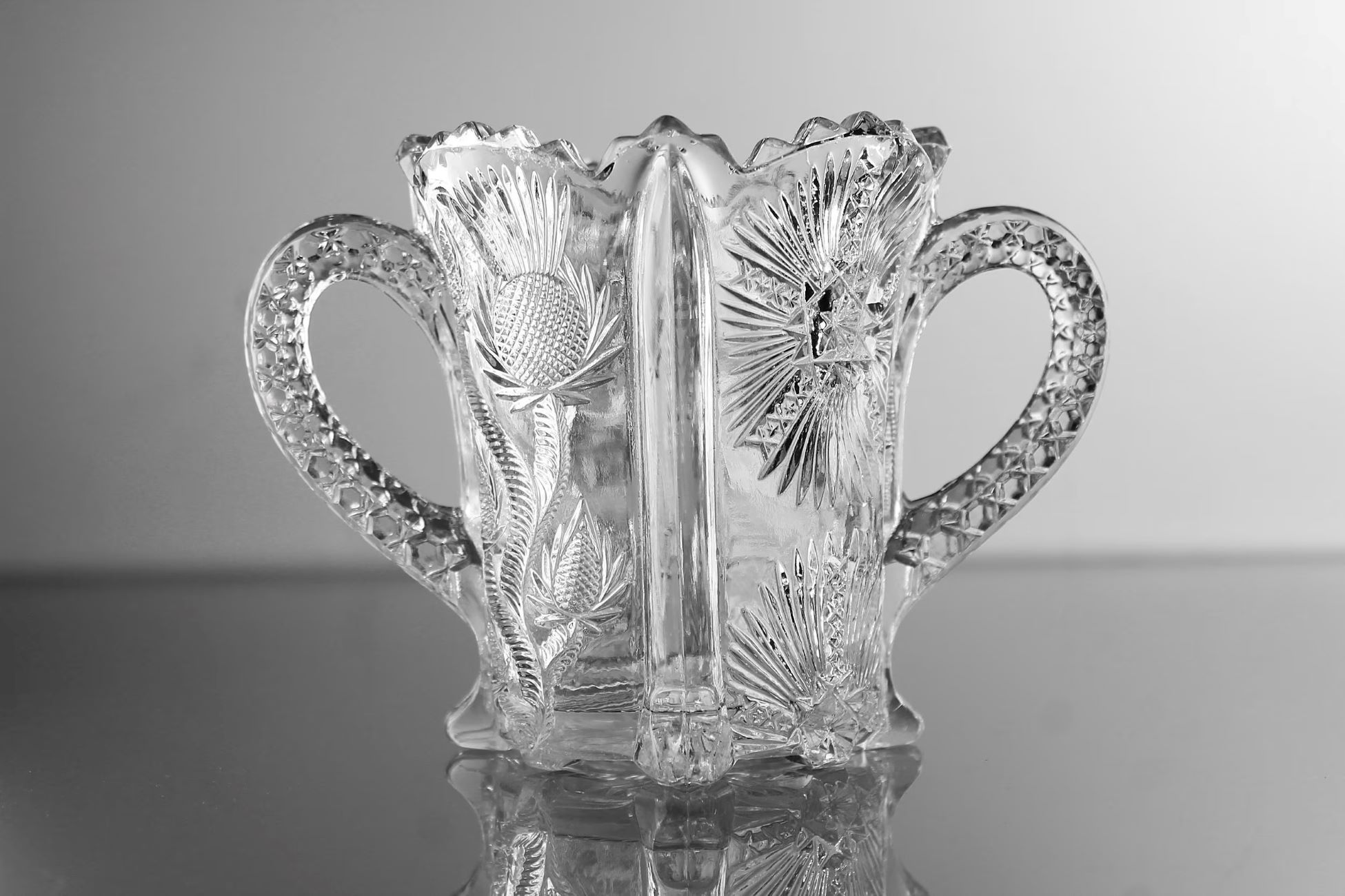
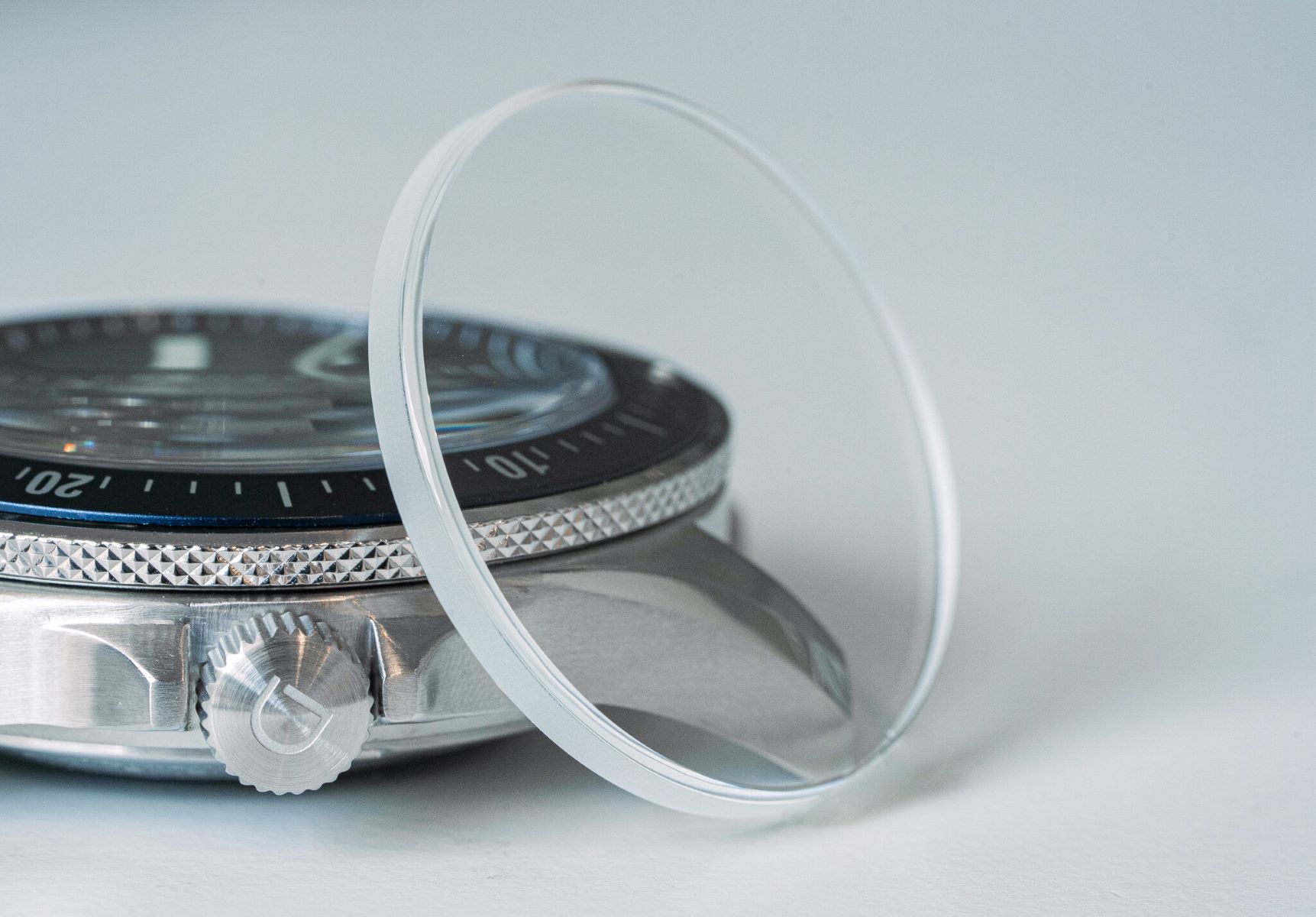
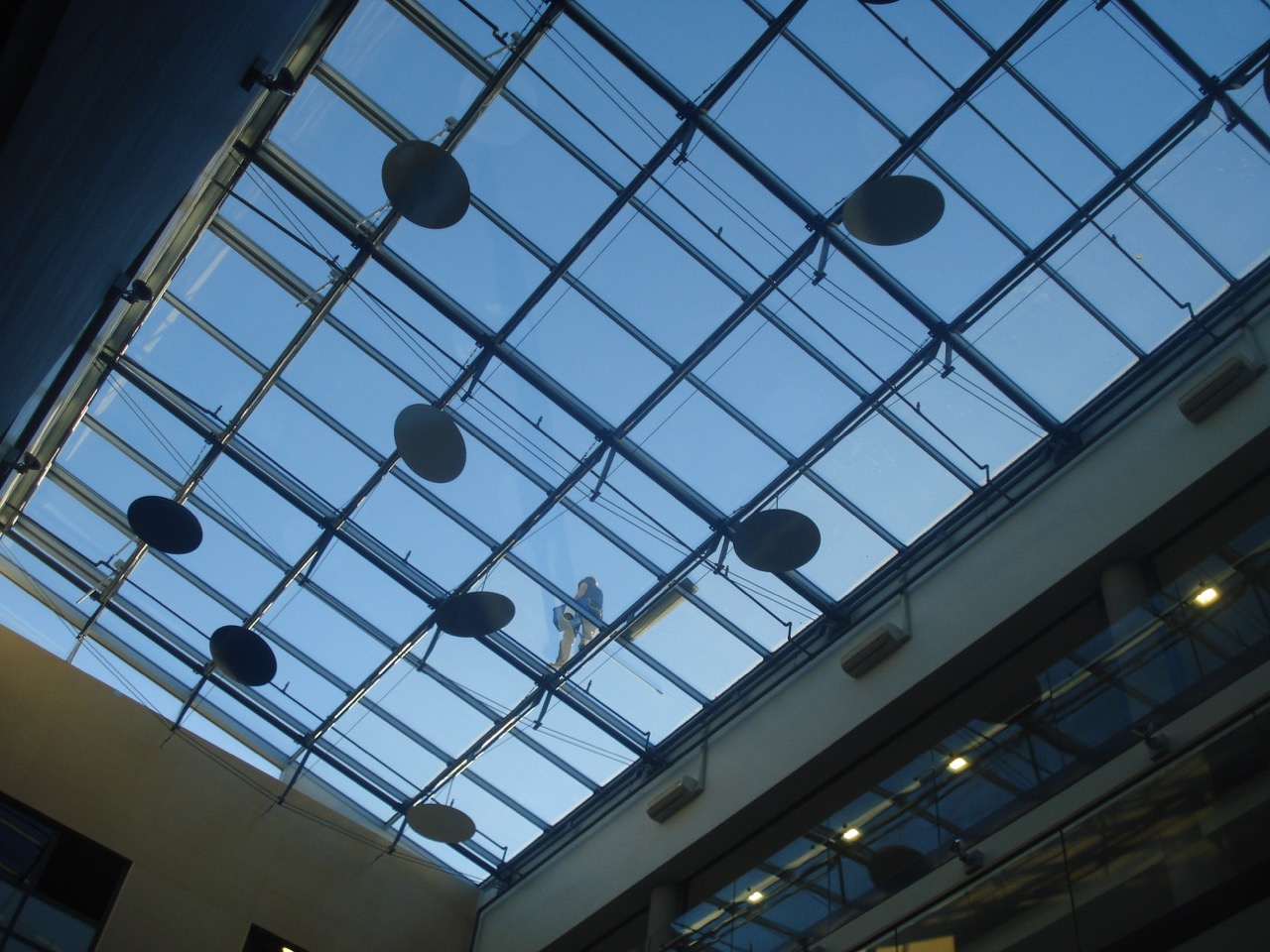
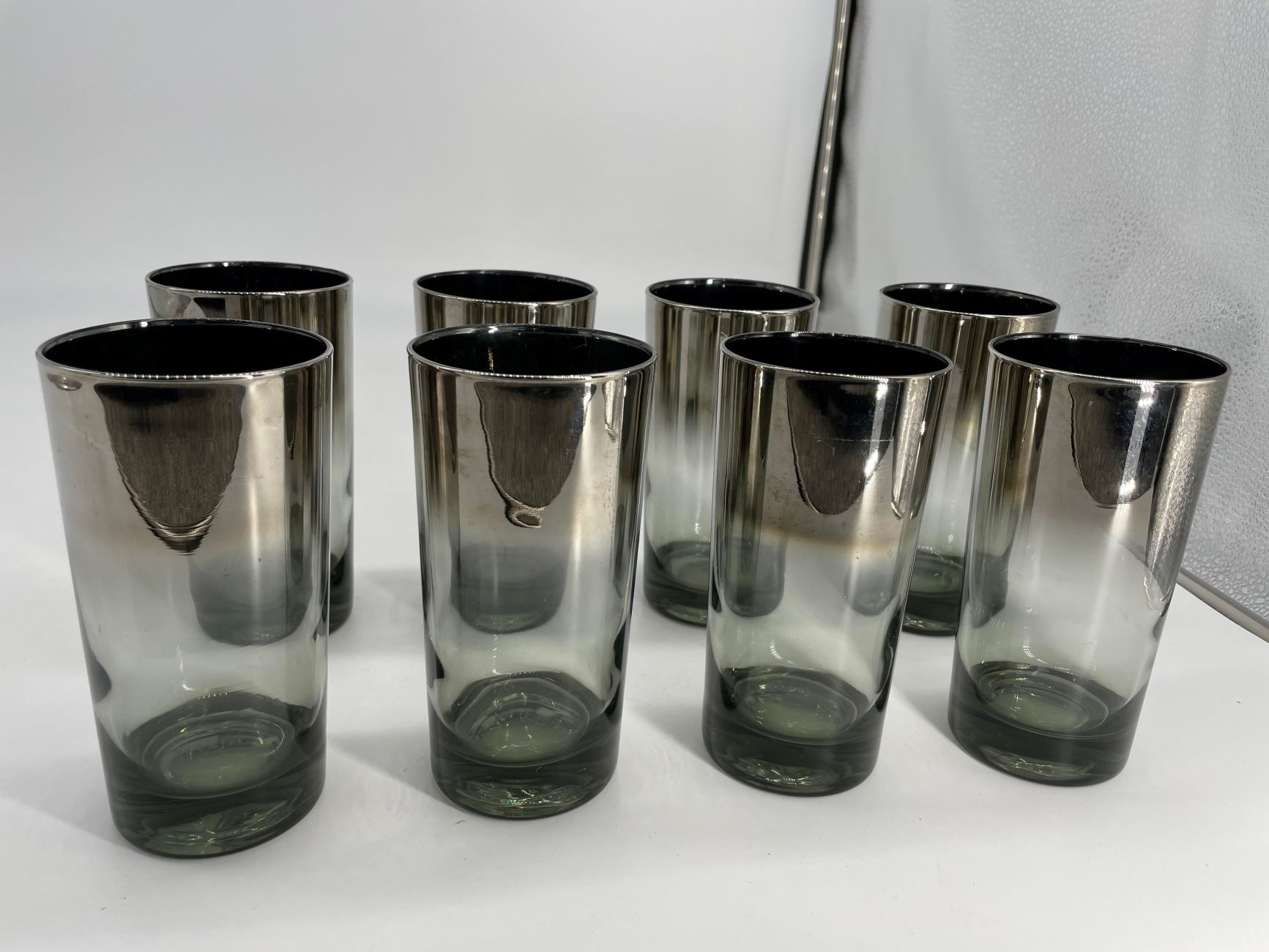
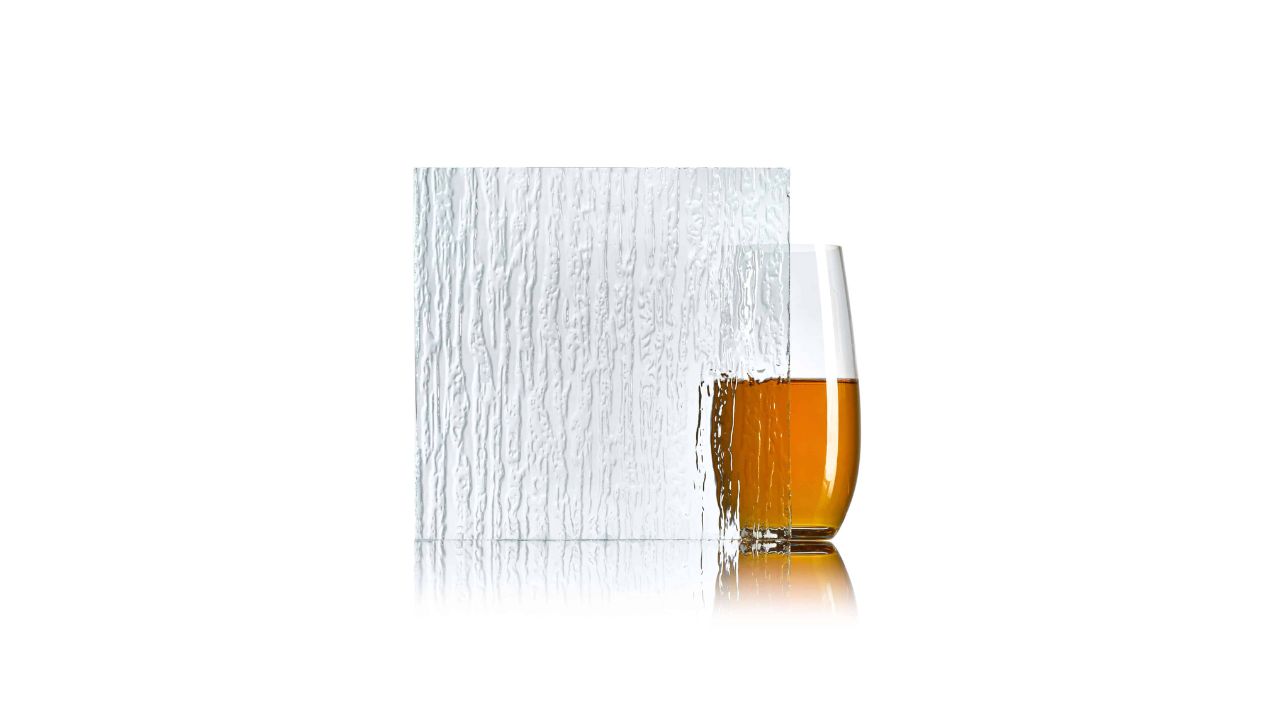

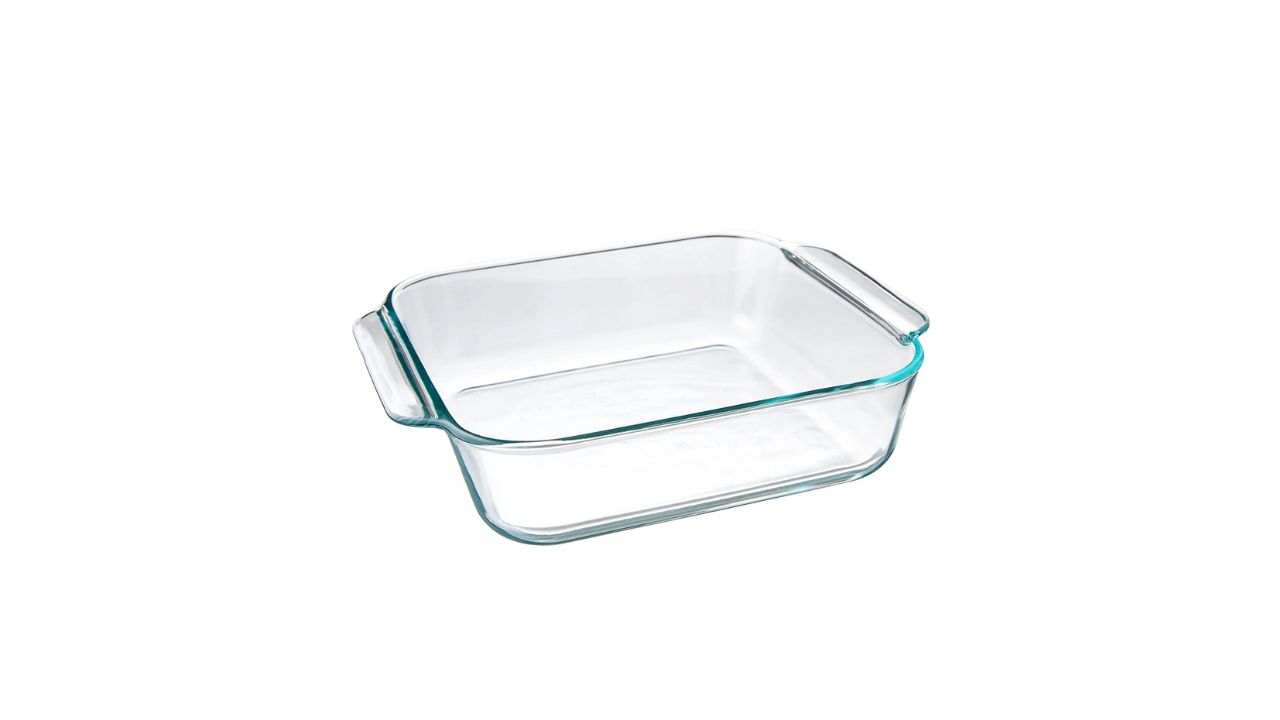
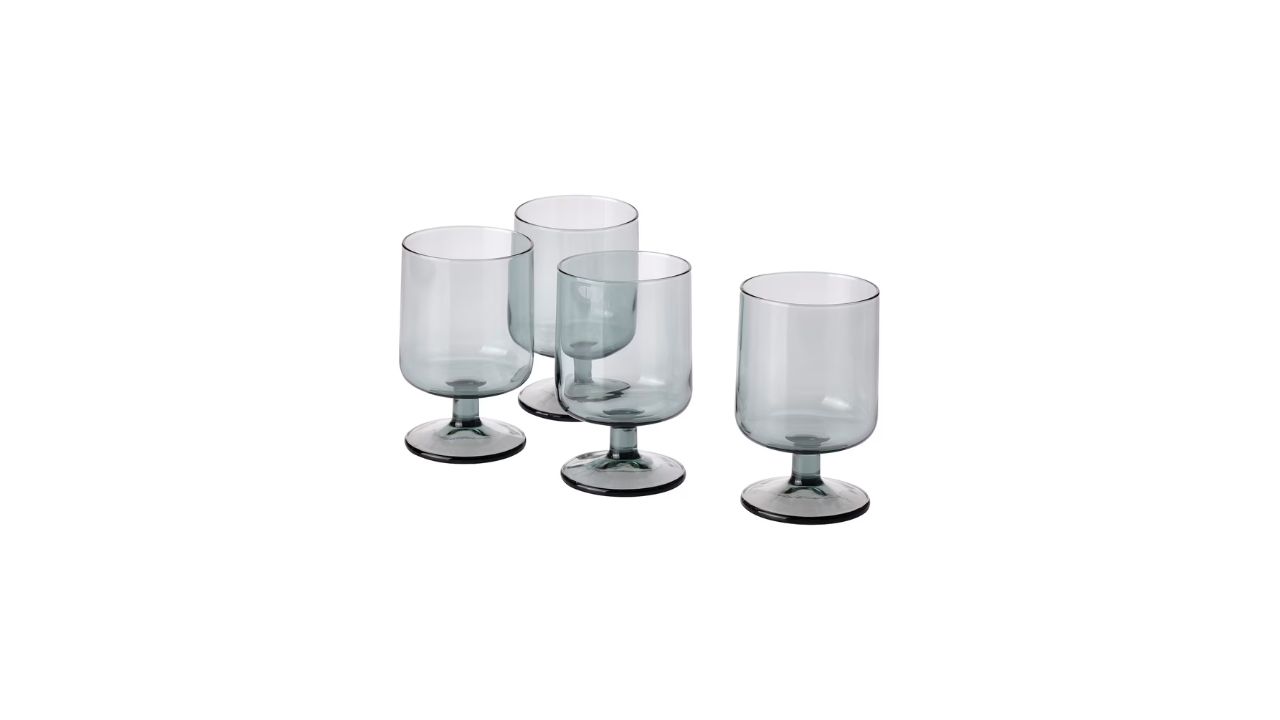
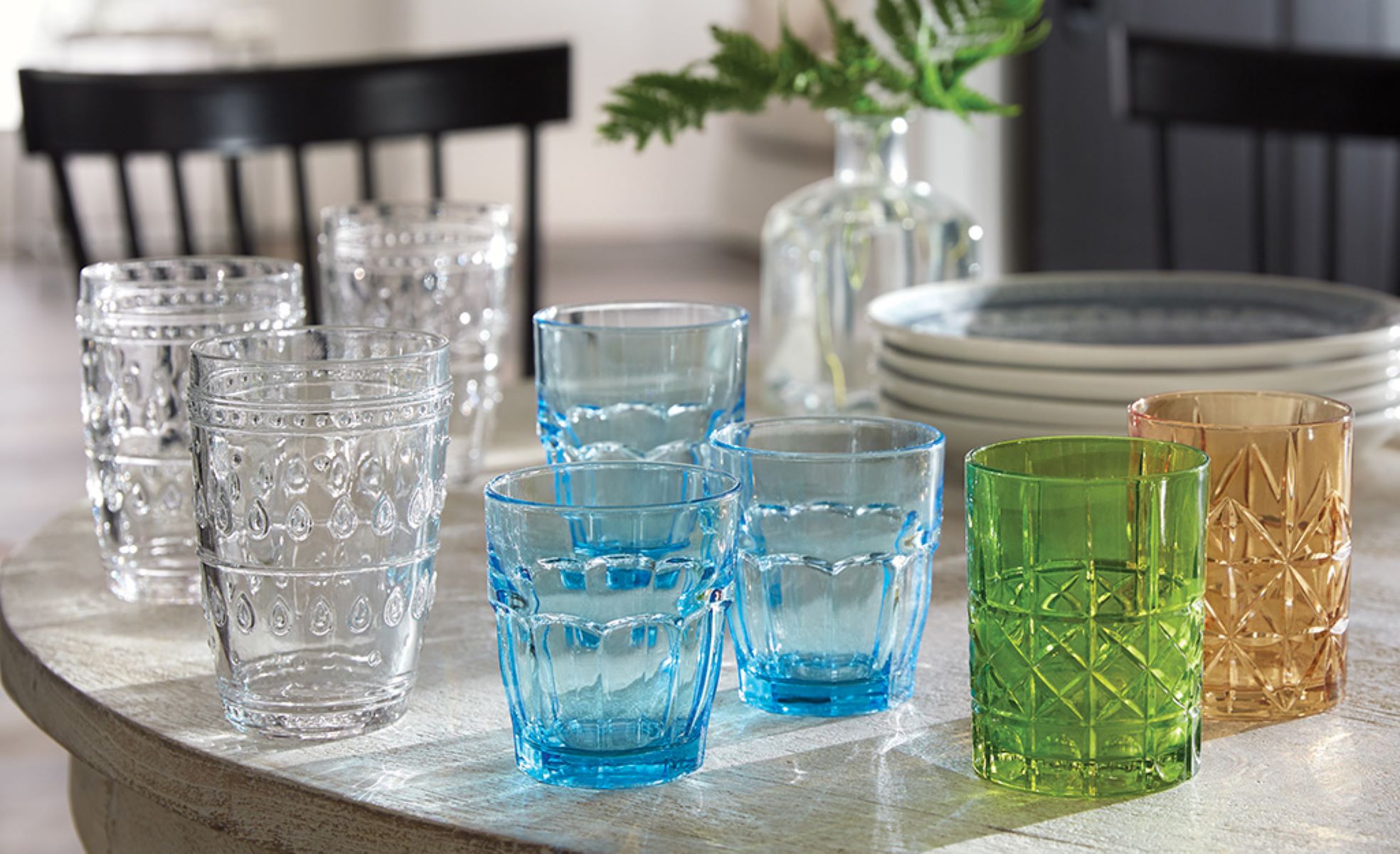
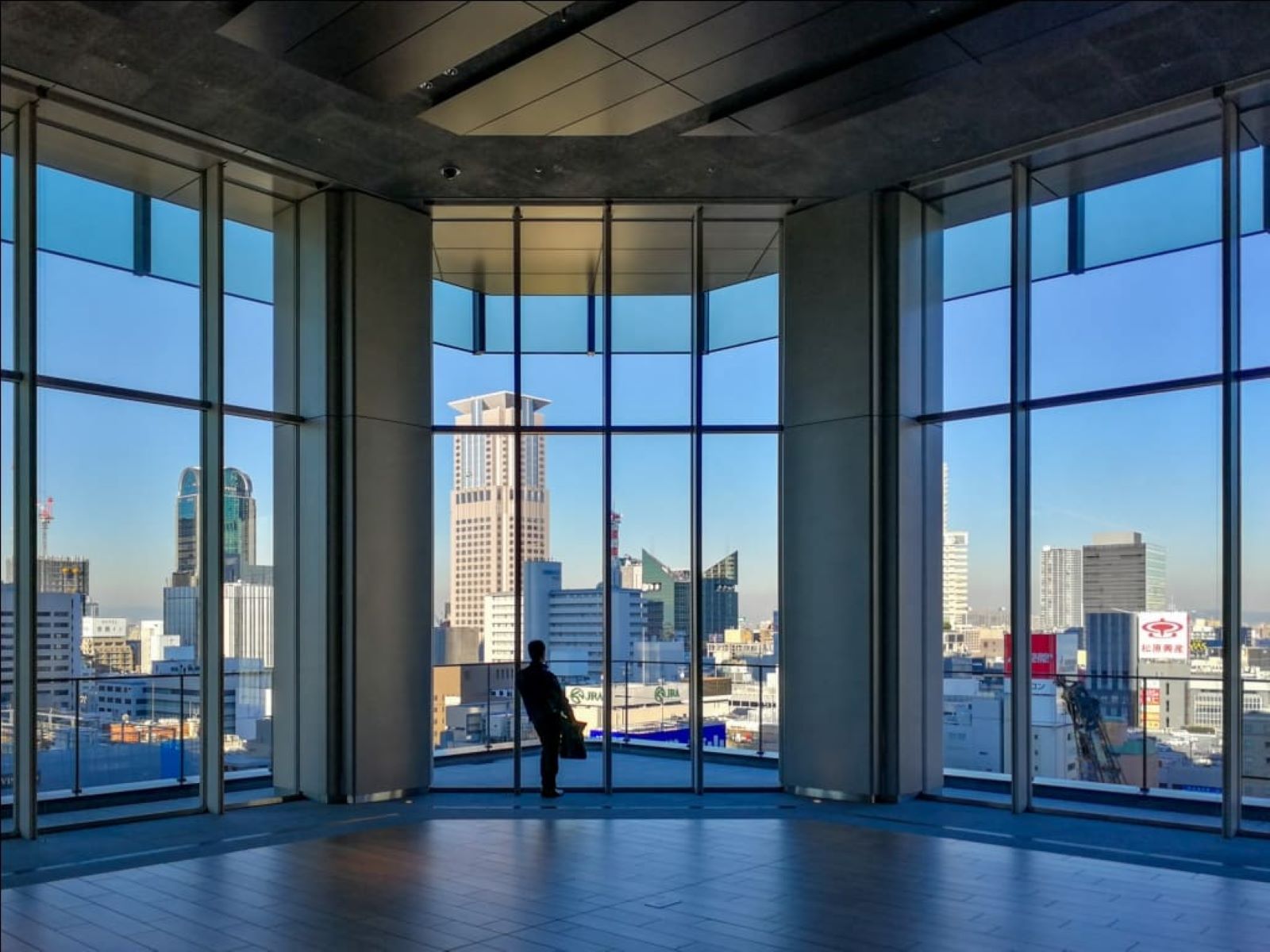
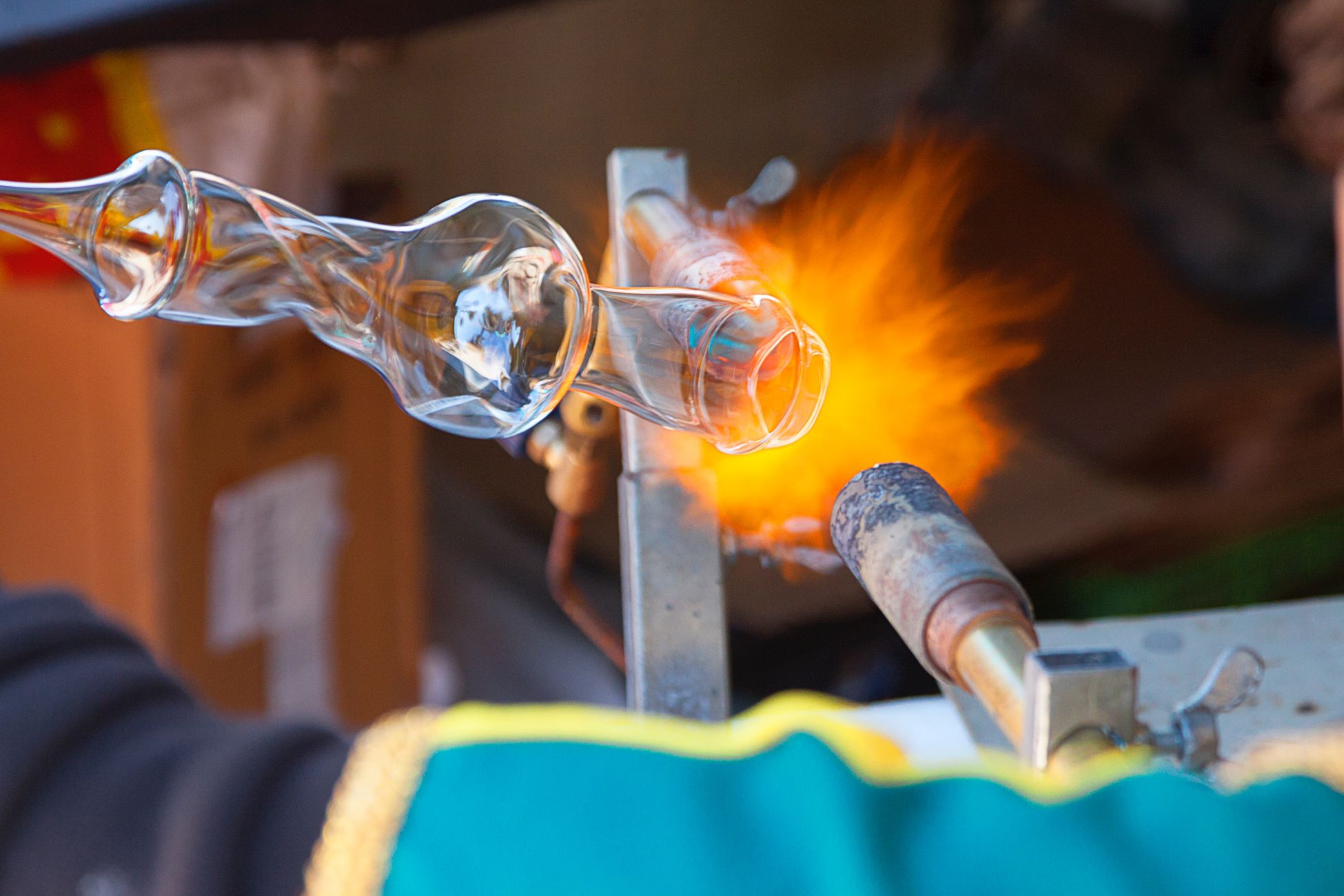
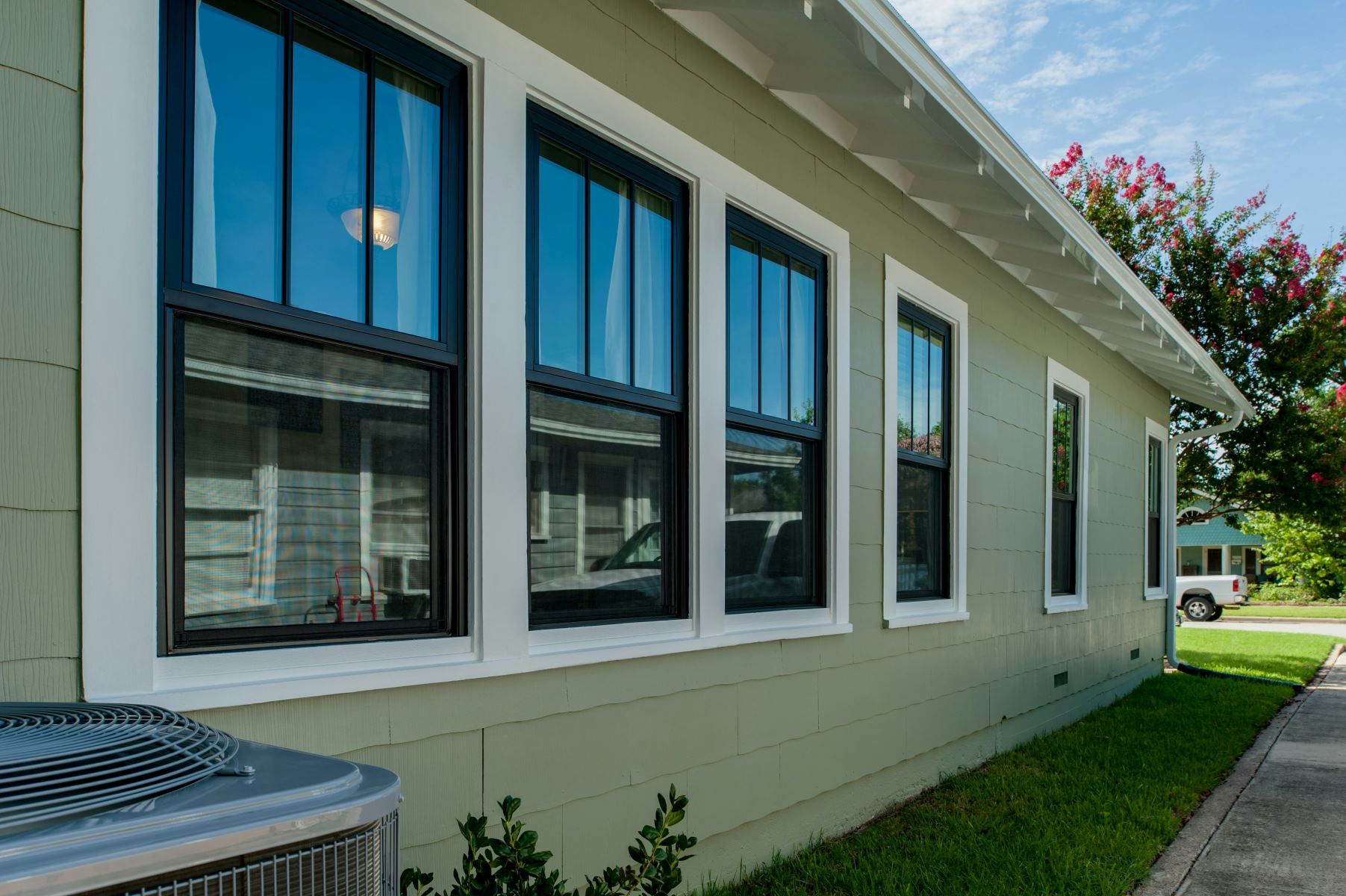

0 thoughts on “What Is Lexan Glass”